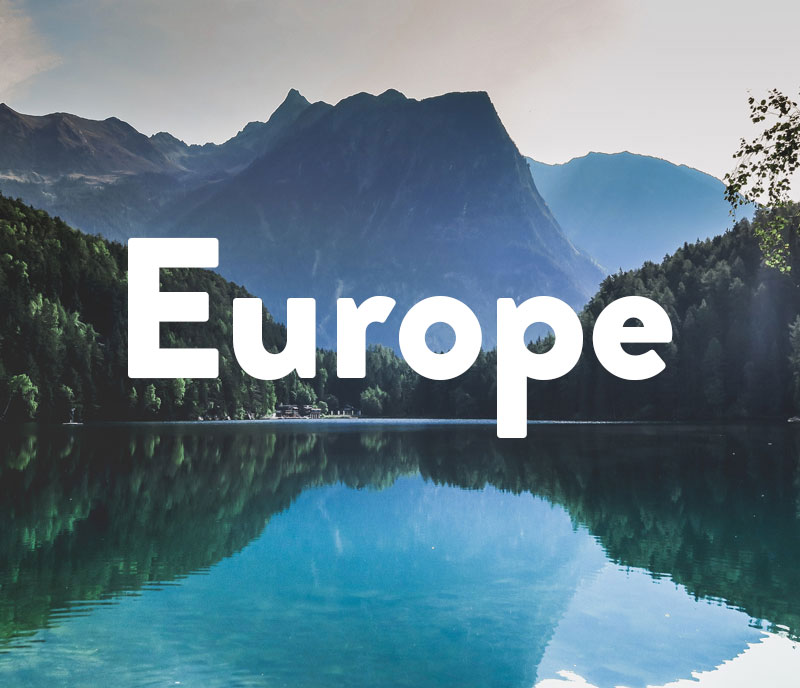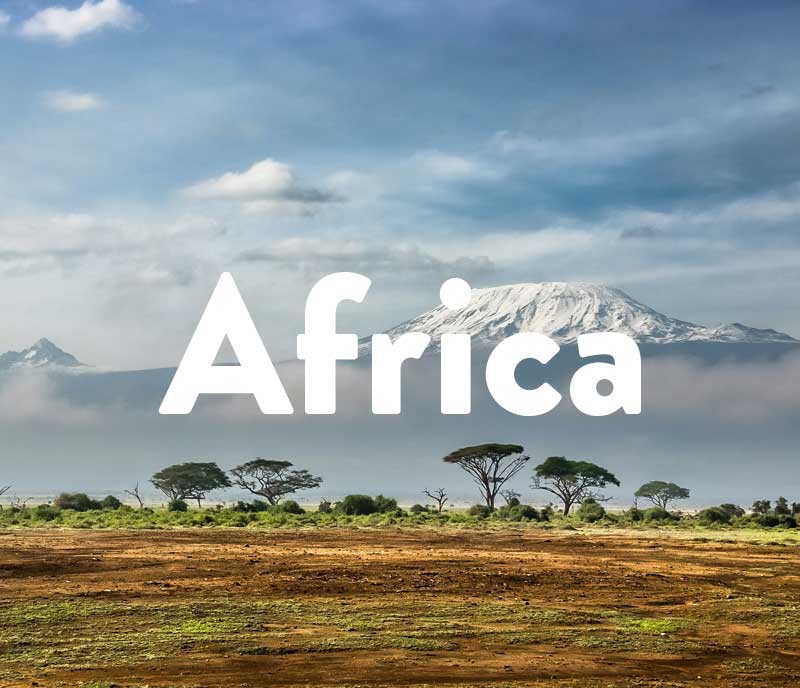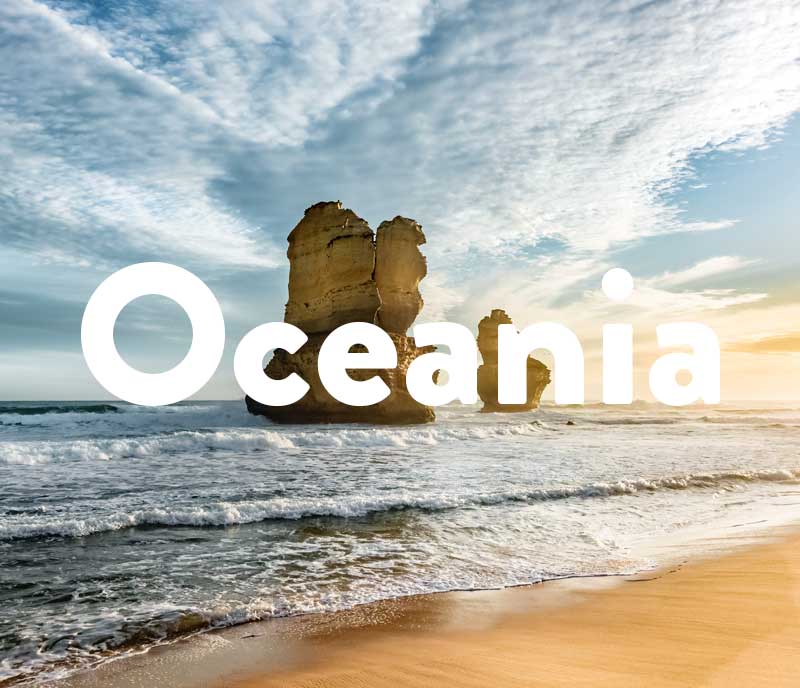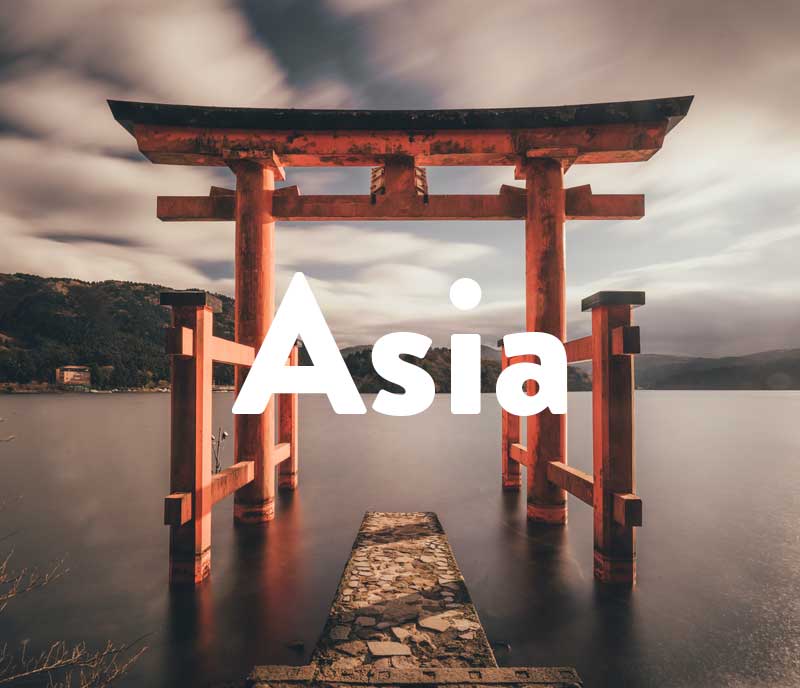Bolivia is one of the most underrated travel destinations on Earth.
From the high peaks of the Andes mountains, the mind-blowing salt flats in Uyuni, to the hot and sweaty jungles of the Amazon, Bolivia has a little bit of everything. Adrenaline for adventure-seekers, diverse cultures for explorers and nature on its finest for those wanting to connect with the Earth.
Bolivia has something for everybody, so let’s check it out!
Dive into our (free) travel guides below!
.
.
.
.
.
.
.
.
The Key Info
Bolivia is located in the center of the South American continent and it shares borders with Peru and Brazil to the north, Brasil again to the west, Paraguay and Argentina to the south and Chile and Peru to the east. This landlocked country is the 5th largest country in South America, and yet it is home to barely 11 million people.
Bolivia’s has two capitals: Sucre is the constitutional capital, while La Paz is the political one, for it is there where the government is.
Spanish and all the languages spoken by the different indigenous groups in Bolivia are considered to be official languages.
Bolivia is divided into 3 different natural regions: the highest one, the Andes region on the southwest, the intermediate region where the Andes start to descend transformed in impressive valleys to the center and south of the country, and the Plains, covered by rainforest and with a very low altitude, which constitute most of the country.
Bolivia in numbers
- Population: 11,383,094 million inhabitants
- Total size of the country: 1,098,581 km²
- Capital cities: La Paz and Sucre
- Currency: Boliviano (BOB)
- Languages: Spanish and a lot of different indigenous languages
- Religion: Roman Catholic (66%), Protestants (17%), non-religious and others (17%)
The 5 largest cities in Bolivia
The largest cities in Brazil are Santa Cruz, La Paz, Cochabamba, Oruro and Sucre.
# 1 Santa Cruz
Santa Cruz, the largest city in Bolivia, has 2,110,000 inhabitants and it is located in the center of the country.
This city hosts one third of all tourists coming to Bolivia and it has a lot to offer. From the cathedran Basílica Menor de San Lorenzo and the historical city center, to many parks and a zoo where any traveler can enjoy the natural diversity of the area.
But the best thing about Santa Cruz is that it is located within a day’s trip from many amazing places, like the breathtaking national parks of Kempff Mercado National, Amboro and Kaa-Iya, the archeological ruins of El Fuerte, the Jesuit Missions of Chiquitos or La Higuera, the place where the famous revolutionary Che Guevara was murdered.
# 2 La Paz
La Paz is located in the center-west part of the country and it is home to almost 2 million inhabitants.
Set against a striking backdrop of snow-capped mountains is Bolivia’s political capital and the world’s highest capital at a height of 3625 meters above sea level. La Paz is full of modern cafes, clubs, bars and restaurants, like the ones found in Calle Jaen, one of La Paz best kept colonial streets. You can also find traditional markets like Mercado Rodriguez or South America’s biggest flea market Mercado 16 de Julio, historic plazas like Plaza San Francisco and colonial architecture such as the one found in Basilica de San Francisco. There are numerous sights to discover, like the Teleferico (cable car) or the Moon Valley and adrenaline pumping activities to experience.
# 3 Cochabamba
Cochabamba is located in the center of Bolivia and it is home to over 1,2 million people.
It is one of Bolivia’s boom cities. The spacious, ever-expanding new-town avenues have a wide choice of restaurants, and it has a lively bar scene. You must check the Cristo de la Concordia and enjoy the views from there, It’s also the base for outdoor adventures further afield, including trips to Parque Torotoro.
# 4 Oruro
Oruro is located in the center-west part of the country and it is home around 300 thousand inhabitants.
The city itself does not offer much in terms of architecture. But there are good museums like Museo Antropológico Eduardo López Rivas and Museo Etnográfico Minero. But this city is mainly known for its Carnival, so make sure if you are visiting Oruro to do so during the Carnival.
# 5 Sucre
Sucre has around a quarter million inhabitants and is the located in the center-south of the country.
Sucre is the nation’s colonial centerpiece and historical heart. It holds many whitewashed colonial-era buildings, spectacular rooftop terraces and quaint garden patios. A great mix of all this features is the Convento de San Felipe Neri.
TOP Tourist Attractions
# 1 Salar de Uyuni
Salar de Uyuni is one of the flattest places in the world and tourists travel in 4×4 vehicles across the expanse of the salt flats to visit locally fashioned structures made entirely from bricks of salt. This surreal place is most spectacular after a rain, when water sitting atop the cemented salt acts like a mirror, perfectly reflecting the sky above.
# 2 Tihuanaku
Tiwanaku is a Pre-Columbian archaeological site in western Bolivia listed as a World Heritage. Its name comes from what is believed to have been one of the most important civilizations prior to the Inca Empire in the region. It is also one of the oldest and highest urban cities ever built.
# 3 Cerro Rico
Looming over Potosi there is a red, dusty mountain. Cerro Rico, reaching 4782 meters high, was rich in natural resources and once produced so much silver it pushed Potosi to become the wealthiest city in the Americas. Today, tourists can take guided tours through Cerro Rico’s claustrophobic mines and have a sense of that its like to work in this historic mine.
# 4 YUNGAS ROAD
One of the most popular activities in Bolivia is the death-defying bike ride along one of the world’s most dangerous roads. Surrounded by mountainous terrain and terrifying precipices, the winding road grimly known as ‘Death Road’, due to its notoriously high death rate, stretches 69kms from La Paz to Coroico, connecting the Amazonian rain-forest to the busy city.
# 5 Tarija wine region
This Bolivian region, located in the south, produces some of South America’s finest wines. Growing most of their grapes at an elevation of around 1800 meters, Tarija is officially the highest wine producer in the world. Though wine tasting tours in Tarija are not a refined experience, wine aficionados and budding sommeliers will enjoy sampling the variety of fruity reds and floral whites on offer, as well as the local specialty – singani.
Best time to travel
May to October is the best time to visit Bolivia, as the dry weather offers blue skies and less travel disruption due to the rains.
This coincides with Bolivian winter, though, so the highlands will be cold – and well below freezing in the desert at night.
The humid jungle, however, benefits from the cooler temperatures. The start of the dry season, from April to May, offers lower prices and fewer crowds, but still feels fresh from the recent rains.
Holidays in Bolivia
- January 1: New Year
- January 22: Plurinational State of Bolivia Anniversary
- February 2: Feast of the Virgin of Candelaria
- March-April Floating: Carnival
- March-April Floating: Holy week (Good Friday through Easter Sunday).
- Floatin 60 days after Easter: Corpus Christi
- May 1: Labor Day
- June 21: Andean New Year (on traditional date of Aymara New Year and the winter solstice)
- August 2: Agrarian Reform Day
- August 6: Independence Day
- November 2: All Saints Day
- December 25: Christmas Day
Do I Need a Visa?
Europeans Union citizens with a valid Schengen passport do not need a visa to enter the country for touristic reasons.
US citizens do need to apply for a visa.
As for the rest of nationalities, you can check if you have to apply for a visa here: https://www.boliviahop.com/visa-requirements/
Bolivian Currency
Bolivian currency is the Boliviano. Banknotes are available at 10, 20, 50, 100 y 200 Bolivianos, and coins range from the 10, 20 and 50 cents to the 1, 2 and 5 Bolivianos.
Money / Credit Cards: Credit cards are of common use in the main cities, so there should be no problem paying with them. Although when travelling outside of major cities, it is a good idea to pack enough cash.
Dos and Don’ts in Bolivia
Brazil, as any other country has its rules and practices that you need to know when travelling there to avoid feeling uncomfortable or even being disrespectful
| Do | Don’t |
| Try and learn some greetings. Most encounters are characterized by shaking hands or kissing (one cheek on left hand side). | Carry large notes. But do try to carry coins, they are life savers. |
| Always carry a bottle of water; the altitude is very dehydrating. | Travel without toilet paper. Your welcome.Decline a gift from a local. |
| Obey the Zebras. Downtown neighborhoods of any large Bolivian city are a chaotic mess but a team of friendly zebras hit the streets each day to bring some order to the madness. Follow their lead, and you’ll be fine. | Take pictures of people without consent. Try to establish a relationship first before you try that, for example by buying whatever they might be selling. |
Must-Haves for Your Bolivia Packing List!
- Rainwear or waterproof clothing.
- Hiking boots and socks. Your feet will thank you if you are planning on longer treks.
- The standard voltage in Bolivia is 115 / 230 V and the standard frequency is 50 Hz. Power plugs and sockets are of type A and C.
- Sunscreen, for due to the altitude it is very easy to get burned.
Secret tips from bloggers worldwide
- The Lomas de Arena: a landscape of sand dunes – Bolivia Bella
- Takesi: A beautiful three day trek begins at a high mountain and ending in the lush semi-tropical Yungas region. – Restless Boots
TOP Instagrammable Places in Bolivia
- #salardeuyuni (377k posts)
- #lagotiticaca (117k posts)
- #deathroad (43k posts)
- #lapazbolivia (93k posts)
- #titicaca (164k posts)
- #tiwanaku (14k posts)
Fun Facts About Bolivia
Did you know…?
Bolivia is a multi-ethnic country home to approximately 3 dozen different native groups
Madidi National Park, is a very diverse area with at least 8,500 species identified so far. It’s estimated that the total could be around 11,400!
Keep going with our latest articles…
- Winter city breaks 2024 — 10 wonderful destinations around the world
- Holiday at home — plan a relaxing autumn staycation
- Autumn photography — 10 tips for capturing seasonal snapshots
- Tips for your autumn trip — our autumn favourites
- City breaks in autumn 2024 — 8 unforgettable destinations across Europe







